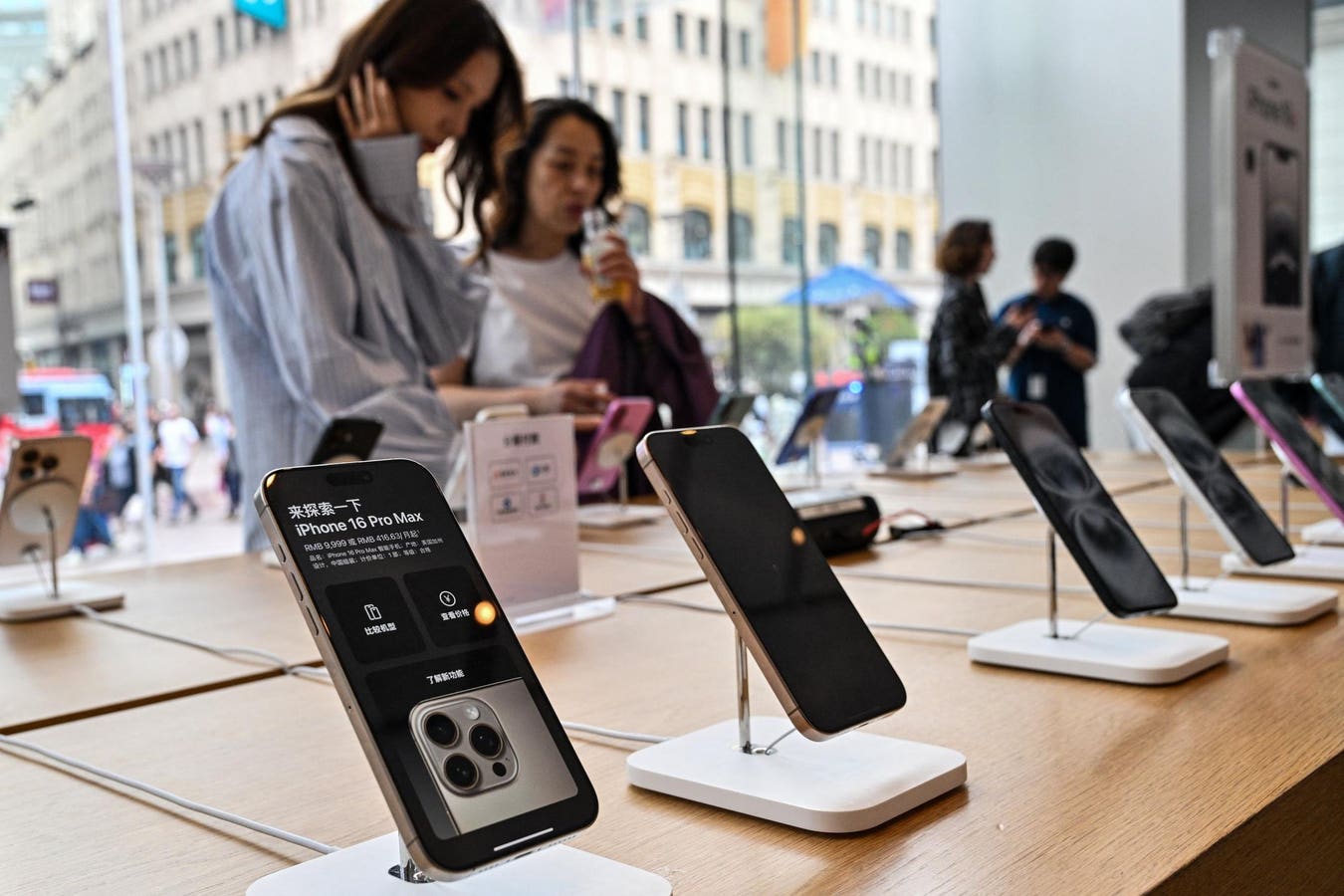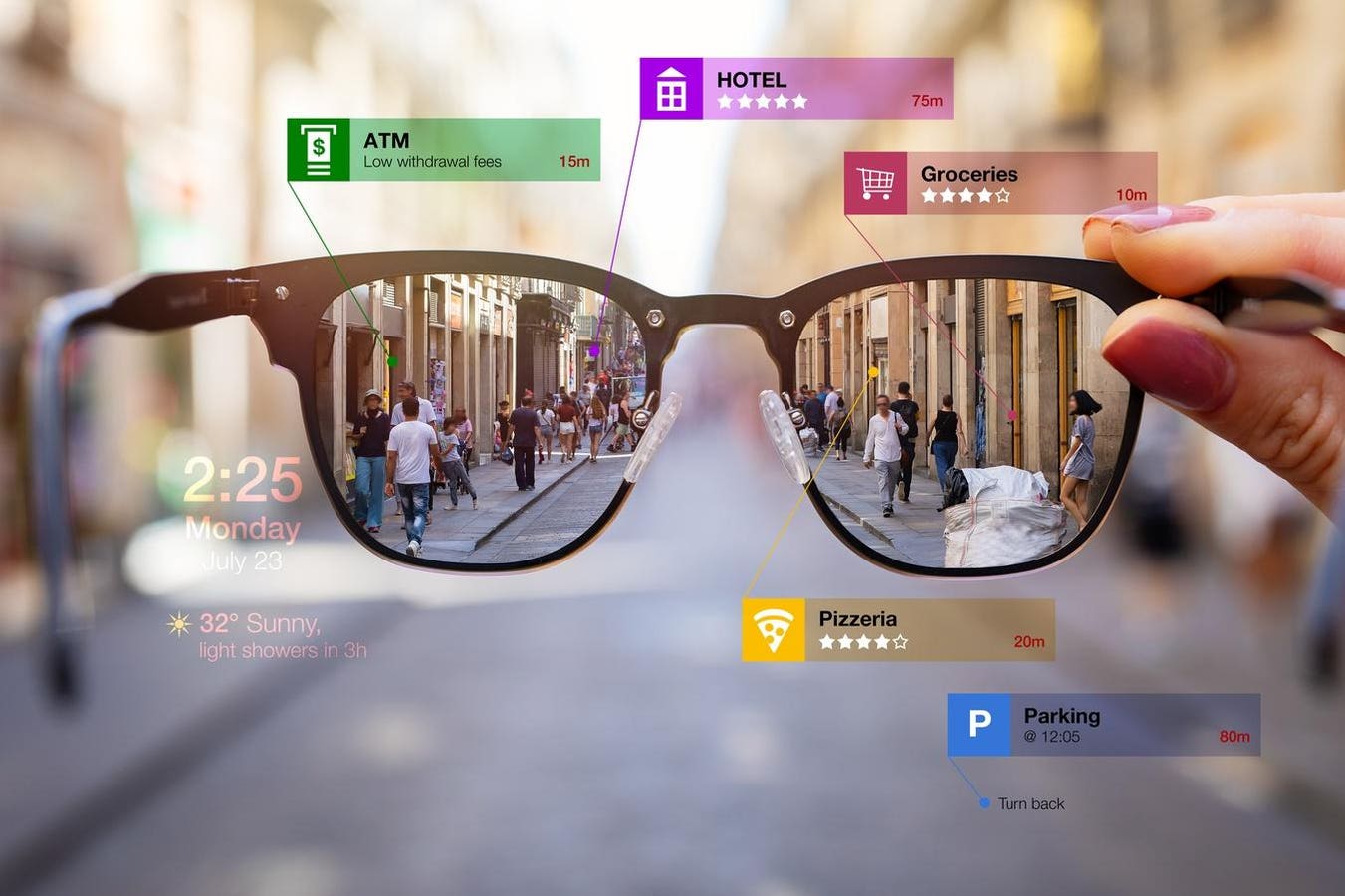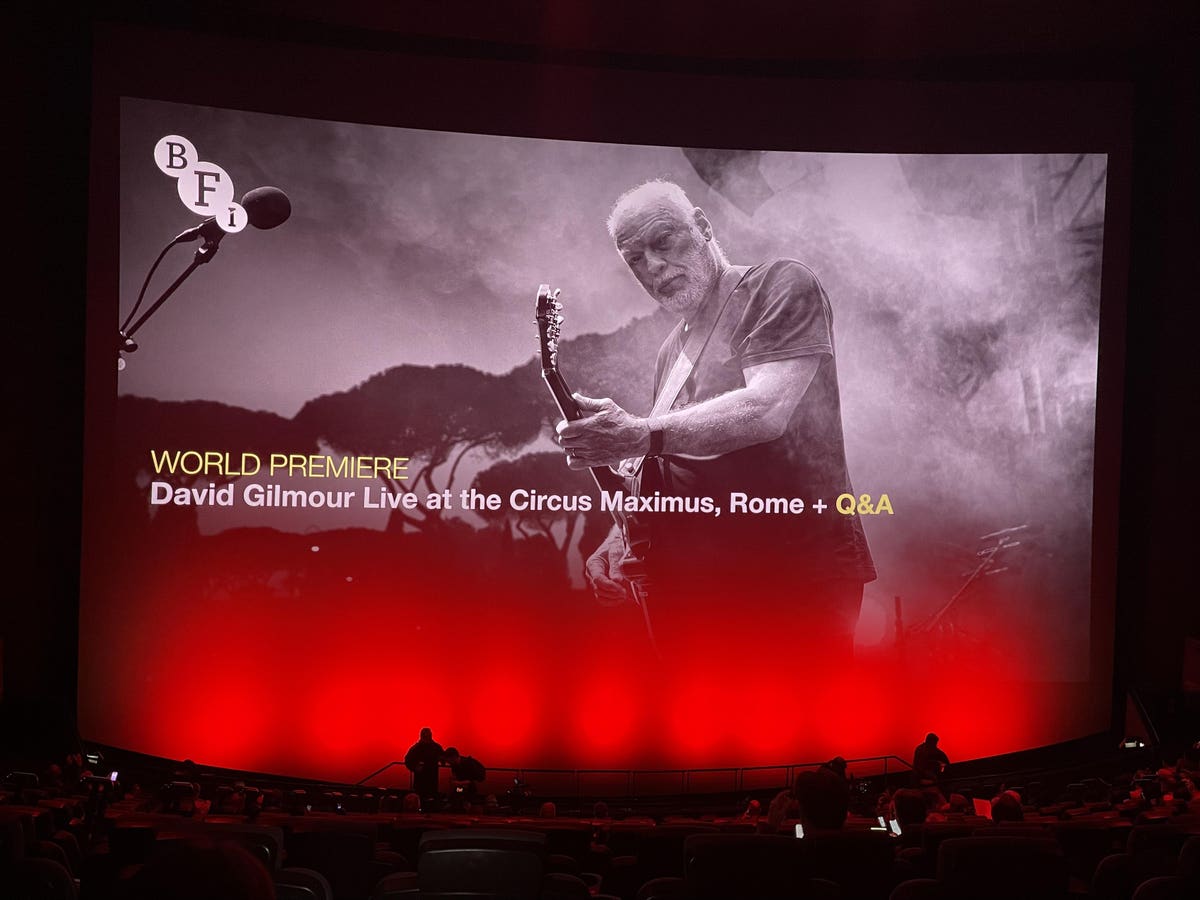People browse for iPhone 16 displayed in a Apple store in Shanghai (Photo by HECTOR RETAMAL/AFP via … More
For all of the extra power, enhanced software and new features in the iPhone 16 Pro, Apple once again maintained the price of the iPhone Pro, with the 14 Pro, 15 Pro and 16 Pro all starting at $999. Yet anyone looking forward to September’s launch of the iPhone 17 Pro should expect the price to rise.
The Price Of A New iPhone
Apple will no doubt work to maintain the psychological $999 price point, but Apple will also be working hard to keep the margins on the iPhone. Given that other manufacturers have bumped up prices on their latest releases, Apple could come under similar pressure. There is also the looming impact of tariffs being applied to US-bound iPhones by the Trump administration. Even with alternative suppliers, Apple’s largest market will feel the effect if tariffs remain in place at the September release.
There will always be an audience in Apple’s community who want the latest and greatest iPhone with the absolute maximum specification. They will look at the top-line iPhone 17 Pro and iPhone 17 Pro Max with little hesitation and will be happy with the marginal gains.
For everyone else, it’s worth thinking about what you want from your next iPhone, because Apple’s approach to capability versus cost very much favors capability across the range.
The Specifications Of A New iPhone
Why would a cheaper iPhone, such as the iPhone 17, not be a hindrance compared to the iPhone 17 Pro?
First up is Apple Silicon. Apple can tie the software requirements directly into the hardware design by designing its own chipsets for all its devices. Machine learning routines can run faster on the chip than through software, better data throughput from the camera sensors allows for faster performance, power can be managed more efficiently, and more. It’s an inbuilt advantage that applies across the entire range.
Then you have the demands of Apple Intelligence. Apple offered parity across the iPhone 16 family with the A18 chipset. Although the Pro models had a Pro-branded specs bump of the chipset, the base experience was cranked up. Expect that to continue to be the case as Apple chases the high-water mark of generative AI on Android.
You also have new features coming down from the iPhone Pro to the iPhone. Notably for 2025, Apple is expected to debut a variable refresh rate on the vanilla iPhone with a ProMotion-branded display. This will allow the display to throttle down to 1Hz, unlocking always-on displays and more efficient battery use depending on what is on display.
The Performance Of A New iPhone
With the increased cost of components, the squeeze on Apple’s current margins and the impact of Chinese tariffs, there will be immense pressure on that $999 price point, and realistically, we’re looking at a price rise across the board on the iPhone 17 family. Spending the same money on an iPhone this year will bring you in a lower-specced iPhone than 2024.
Yet Apple has done its best to ensure you’ll receive a similar experience. Yes, several pressure points will encourage an Apple Store employee to upsell you to the next iPhone in the portfolio, but if the experience is similar, why not take advantage of that? The day-to-day use of the iPhone 16e and the iPhone 16 Pro Max is broadly identical. Do you need the slight differences on offer? Are they worth almost double the price? When it comes to buying an iPhone, can you be realistic about what you want from your phone?
Because if you can, the chances are your next iPhone is going to be cheaper.
Now read the latest iPhone, Mac, and App Store headlines in Forbes’ weekly Apple news digest…








